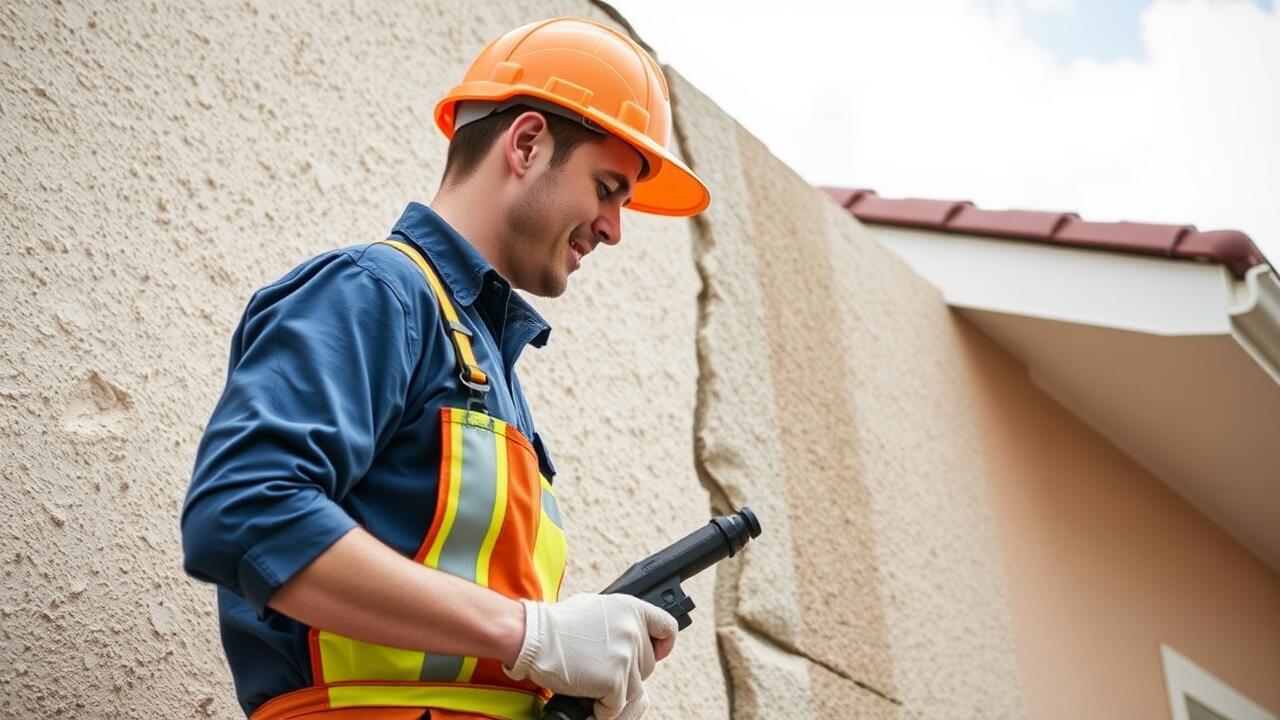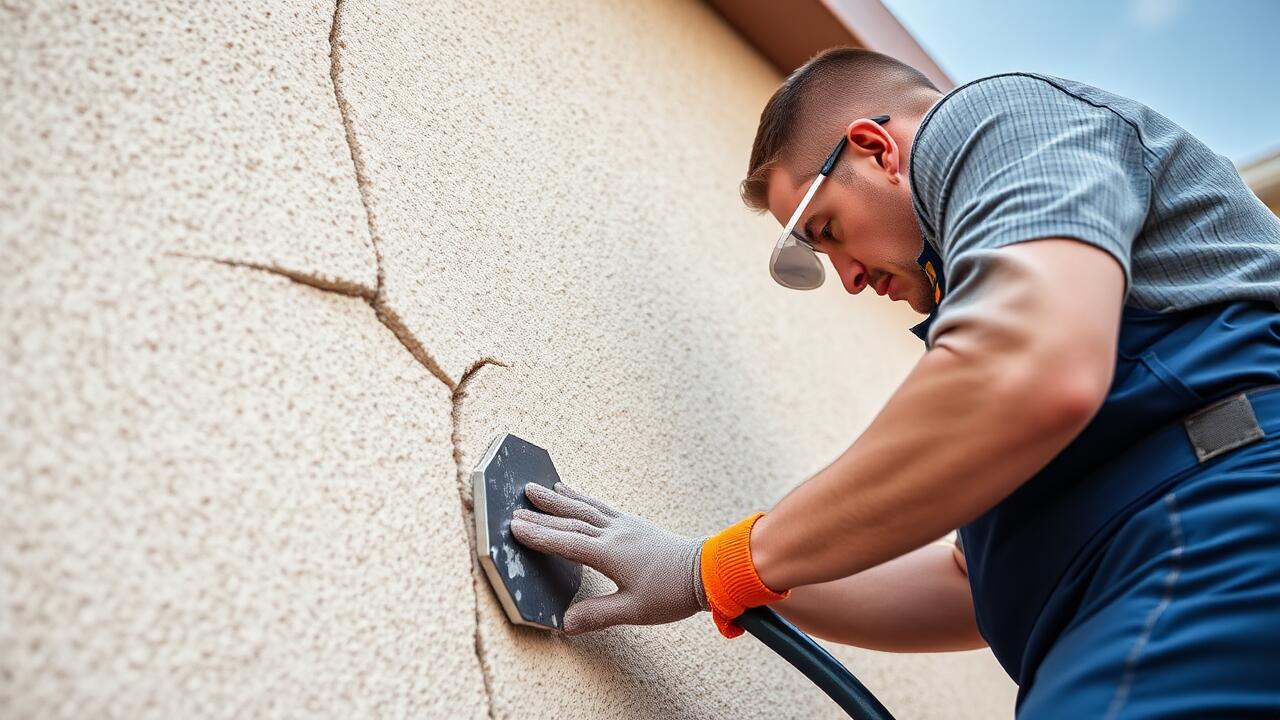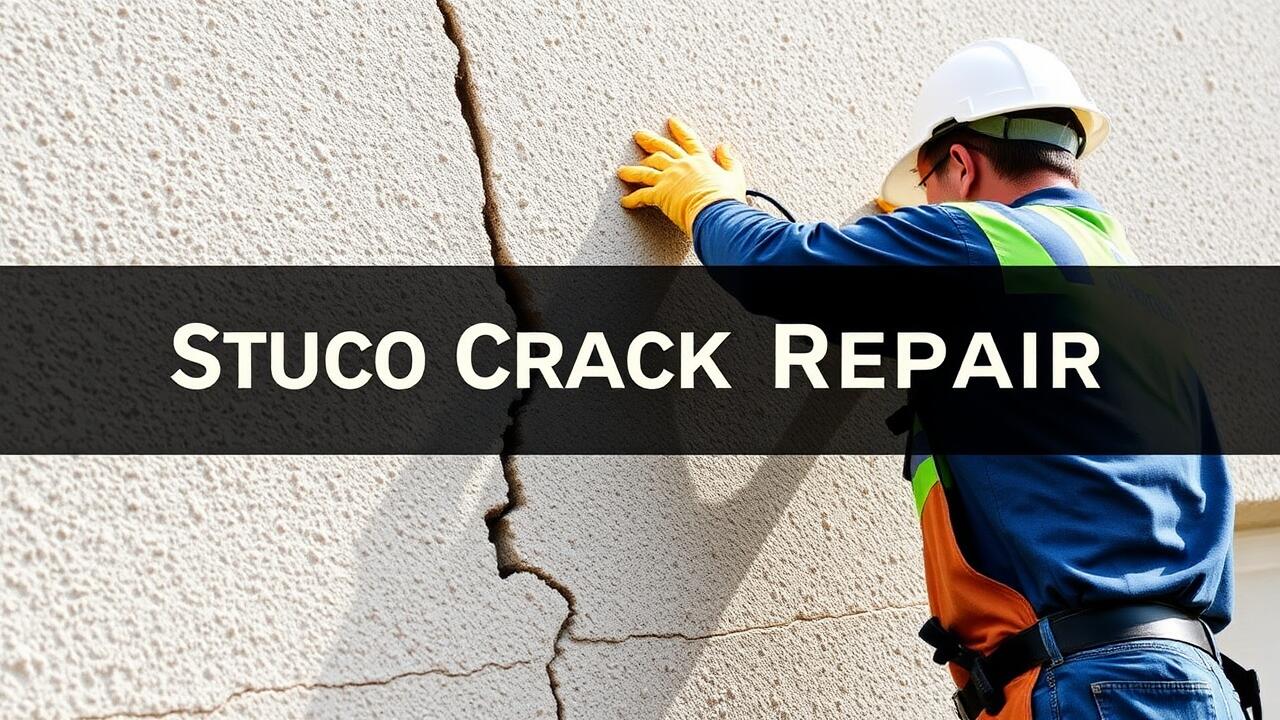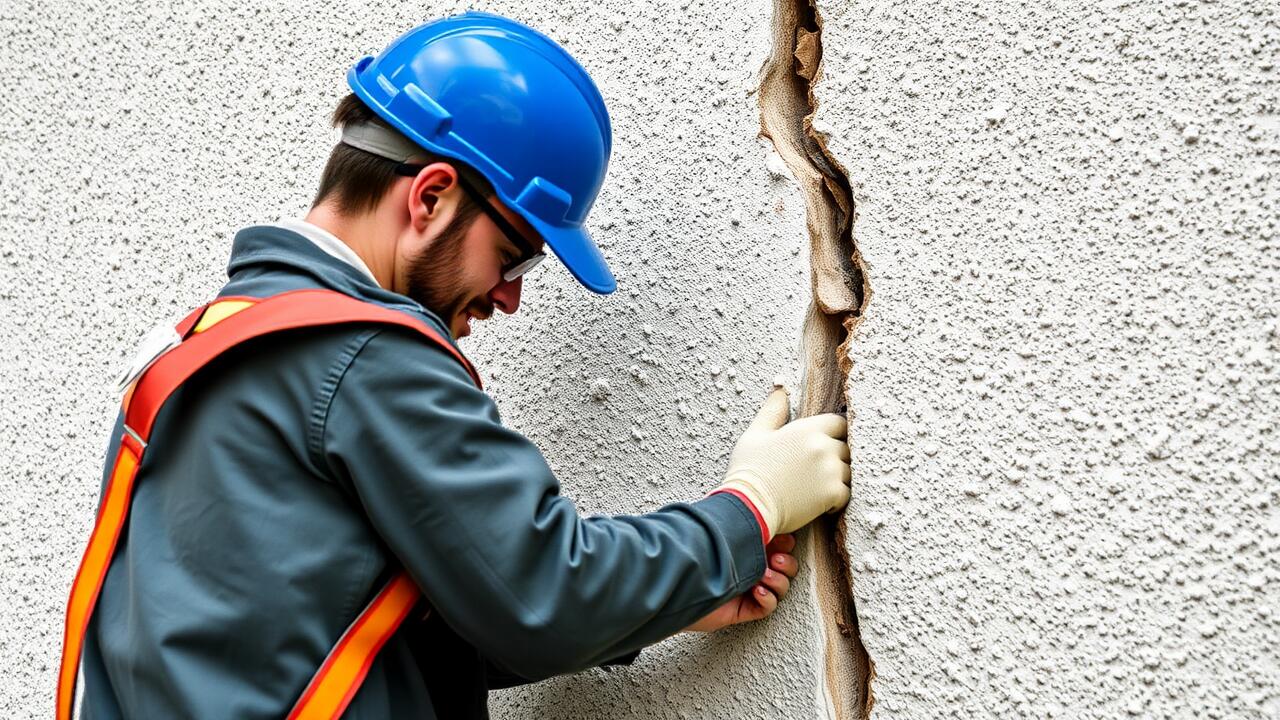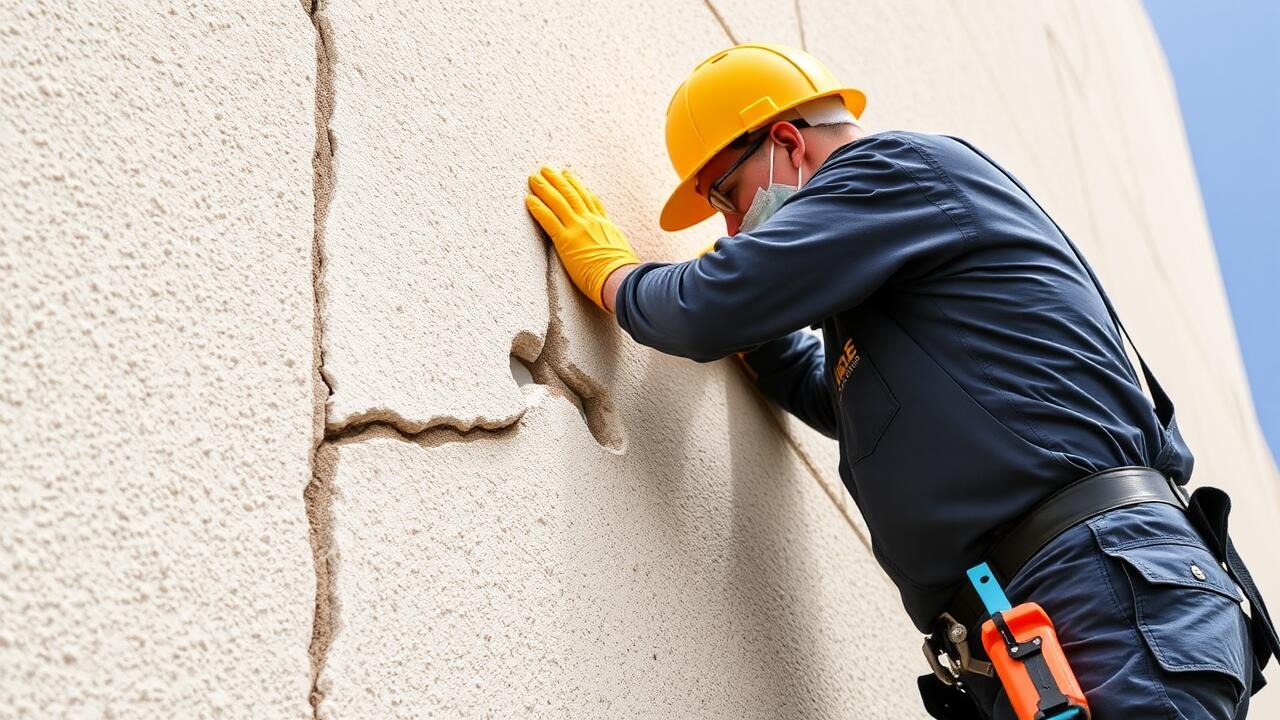
The Importance of Proper Stucco Installation
Proper stucco installation is crucial for the longevity and durability of exterior surfaces. When applied correctly, stucco can provide an attractive finish that enhances the home’s curb appeal while offering protection against the elements. A solid application minimizes the risk of cracks and deterioration over time. Homeowners should prioritize hiring experienced professionals for installation to ensure that the right techniques and materials are used.
Neglecting the importance of proper installation can lead to significant issues down the line. Poorly applied stucco is more susceptible to cracking, which can compromise both aesthetics and structural integrity. In areas like Los Angeles, where climate variations can stress building materials, issues may arise faster than expected. Engaging in timely Los Angeles Stucco Crack Repair can help mitigate damage, but starting with a proper installation is the most effective preventive measure.
Key Techniques for Preventing Cracks
To prevent cracks in stucco, proper installation techniques play a crucial role. Ensuring that the stucco is applied to a clean, dry surface can enhance adhesion and longevity. Using materials that are designed to withstand the local climate can also minimize issues. In areas like Los Angeles, where temperatures can fluctuate significantly, choosing the right mix and thickness for the stucco helps create a resilient surface.
Another effective method involves incorporating expansion joints in the stucco design. These joints provide space for the material to expand and contract, reducing the likelihood of cracking due to thermal movement. Regular maintenance, including cleaning and sealing the surface, will further protect against environmental wear. Homeowners should remain vigilant and consider professional services, such as Los Angeles Stucco Crack Repair, to address any emerging issues promptly.
Seasonal Considerations for Stucco Care
Seasonal changes can have a significant impact on the performance and longevity of stucco. Warm temperatures during summer can cause the material to expand, while colder winter months can lead to contraction. This cycle of expansion and contraction can create stress points in the stucco, making it more susceptible to cracking. Proper maintenance and seasonal inspections become crucial in identifying signs of wear and tear before they evolve into more significant issues. Homeowners should be mindful of structural integrity, particularly in regions like Los Angeles where temperature fluctuations can be pronounced.
Regular checks after heavy rains or dry spells are essential for maintaining stucco's condition. Water intrusion can exacerbate cracking and lead to moisture-related problems within the walls. The sunny climate of Los Angeles also means that UV exposure can degrade stucco finishes over time. Homeowners should consider professional services, such as Los Angeles Stucco Crack Repair, to address any emerging cracks quickly. Timely repairs can prevent minor issues from compounding into serious structural concerns, ensuring that the stucco remains effective in its protective role.
How Weather Changes Affect Stucco Performance
Weather changes can significantly affect the performance of stucco. In regions with fluctuating temperatures, the expansion and contraction of the material can lead to stress points, which often manifest as cracks. Moisture from rain or snow can penetrate these cracks, further exacerbating deterioration. In dry climates, such as those found in Los Angeles, the intense sun can cause stucco to lose moisture and become brittle over time. Homeowners may notice an increase in hairline fractures, especially if the stucco was not properly installed or maintained.
The response of stucco to various environmental elements highlights the importance of regular inspections and maintenance. Homeowners in areas like Los Angeles should be particularly proactive in addressing any signs of wear, as even minor cracks can allow moisture infiltration. When these issues arise, Los Angeles stucco crack repair becomes crucial to preserving the integrity of the exterior. Timely interventions can prevent minor problems from escalating into significant structural concerns, ensuring that the stucco remains both functional and aesthetically pleasing.
Long-term Effects of Ignoring Stucco Cracks
Ignoring stucco cracks can lead to significant long-term damage. Water infiltration becomes a primary concern, as cracks allow moisture to seep behind the stucco layer. This can result in mold growth and wood rot, ultimately compromising the structural integrity of the building. The effects of prolonged exposure to moisture beneath the surface can escalate repair costs, transforming a simple fix into a complex restoration project.
Homeowners may underestimate the importance of addressing minor stucco flaws. Over time, these small issues can exacerbate, affecting not only aesthetics but also overall property value. If left unattended, the situation necessitates more extensive interventions, such as Los Angeles stucco crack repair services. Regular maintenance and timely repairs are crucial to prevent these complications and maintain the home’s safety and longevity.
Potential Consequences on Home Structure
Ignoring stucco cracks can lead to significant issues within the overall structure of a home. Over time, small fissures can expand, allowing moisture to penetrate the wall system. This moisture infiltration may compromise insulation and create an environment conducive to mold growth. As these problems develop, they can undermine the structural integrity of the home, necessitating more extensive repairs and renovations.
In areas like Los Angeles, where varying temperatures can exacerbate these issues, timely attention to stucco cracks becomes crucial. If homeowners neglect these warning signs, they risk encountering more severe deformities, including structural movement. Adequate measures such as Los Angeles Stucco Crack Repair can help mitigate these risks, preserving the home’s foundation and preventing costly repairs down the line.
FAQS
What causes structural cracks in stucco?
Structural cracks in stucco can be caused by a variety of factors, including improper installation, settling of the building, temperature fluctuations, and moisture infiltration.
How can I prevent cracks from forming in my stucco?
To prevent cracks, ensure proper installation by hiring experienced professionals, use quality materials, and incorporate techniques such as expansion joints and adequate drainage.
What should I do if I notice cracks in my stucco?
If you notice cracks in your stucco, it's important to assess their size and severity. Minor cracks can often be repaired with caulk or patching material, while larger or structural cracks may require professional evaluation and repair.
How do seasonal changes impact the condition of stucco?
Seasonal changes can significantly affect stucco performance; for instance, freezing temperatures can cause moisture to expand, leading to cracks, while intense heat can dry out stucco, making it more prone to damage.
What are the long-term effects of ignoring cracks in stucco?
Ignoring cracks in stucco can lead to more serious issues, such as water infiltration, mold growth, and structural damage to the home, which can result in costly repairs and decreased property value.
